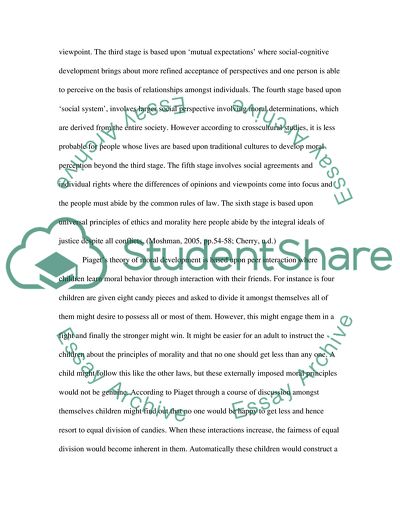Cite this document
(In What Ways are Piaget's and Kolhberg's Views of Moral Development Research Paper, n.d.)
In What Ways are Piaget's and Kolhberg's Views of Moral Development Research Paper. https://studentshare.org/psychology/1744736-in-what-ways-are-piagets-and-kolhbergs-views-of-moral-development-comparable
In What Ways are Piaget's and Kolhberg's Views of Moral Development Research Paper. https://studentshare.org/psychology/1744736-in-what-ways-are-piagets-and-kolhbergs-views-of-moral-development-comparable
(In What Ways Are Piaget's and Kolhberg'S Views of Moral Development Research Paper)
In What Ways Are Piaget's and Kolhberg'S Views of Moral Development Research Paper. https://studentshare.org/psychology/1744736-in-what-ways-are-piagets-and-kolhbergs-views-of-moral-development-comparable.
In What Ways Are Piaget's and Kolhberg'S Views of Moral Development Research Paper. https://studentshare.org/psychology/1744736-in-what-ways-are-piagets-and-kolhbergs-views-of-moral-development-comparable.
“In What Ways Are Piaget's and Kolhberg'S Views of Moral Development Research Paper”. https://studentshare.org/psychology/1744736-in-what-ways-are-piagets-and-kolhbergs-views-of-moral-development-comparable.


